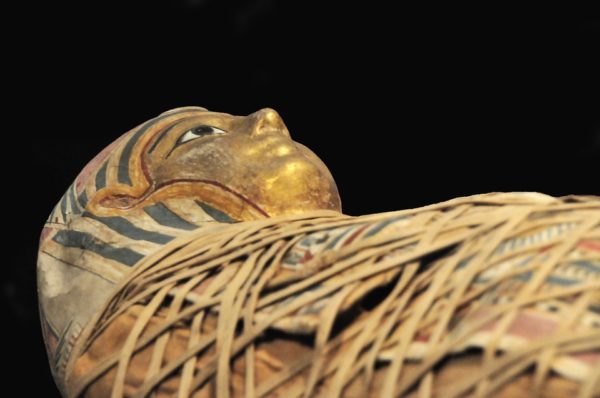
For many people, mummies and mummification evoke a sense of the macabre — conjuring images of a grotesque, linen-wrapped monstrosity shambling through an ancient temple. Indeed, for many decades mummies have been in the casts of horror movies and gothic novels and filed away in the public imagination as belonging to arcane religious rites.
But mummification was a widespread and honored tradition in the ancient world, one that was imbued with deep religious significance and often performed by skilled specialists. It was practiced as a way to venerate the dead, or express an important religious belief — especially a belief in an afterlife. Various cultures have been known to mummify their dead. The most well known are the ancient Egyptians, but the Chinese, the ancient people of the Canary Islands, the Guanches, and many pre-Columbian societies of South America, including the Incas, practiced mummification as well.
How are mummies made?
Mummification is the process of preserving the body after death by deliberately drying or embalming flesh. This typically involved removing moisture from a deceased body and using chemicals or natural preservatives, such as resin, to desiccate the flesh and organs.


